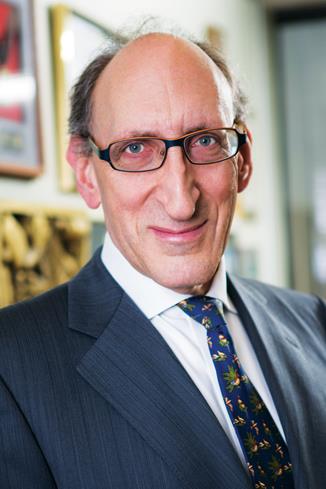
By Larry Mogelonsky, MBA, P. Eng. (www.lma.ca)
Ageism has always been a part of our social fabric, but whereas in the past it was standard to venerate the old for their experience and sagacity, nowadays the situation has been flipped somewhat due to the rapid proliferation of technology. With all the new devices, new media and new apps, it has become increasingly difficult for those who are proverbially ‘set in their ways’ and without young, sponge-like brains to keep up.
Much like how we abridge complex social stratifications into ‘the have and the have-nots’, we are likewise experiencing a generational movement with regard to ‘the techies and the tech-nots’. For those who were born into a world where the internet and social media has already been ubiquitous aspects of our environment (circa 1985 and beyond), most digital interactions are readily intuitive. For instance, a tail-end millennial or post-millennial may not know how to code HTML, but give them an hour and they’ll be able to source some great tutorial websites off Google to learn and write a few basic tricks. Infants these days know how to swipe an iPad even before they know how to talk for God’s sake!
Although there are technology-literate boomers amongst us, when considering the entire population in the first world, the trend line shows a strong inverse relationship between age and electronic fluency. Even though I would like to subscribe myself to the minority of boomers who are ‘with it’, it still takes me far longer to grasp the same new concepts and developments that my juniors understand almost instantaneously. And therein lies an opportunity for you to more effectively target and service your elderly clientele.
Technological ageism presents itself in three main areas of guest interaction:
1.Sales Channels
2.Relationship Channels
3.Onsite
As this is the 16th entry in this series, we’ve already touched upon more than a few ways that the three abovementioned areas have been transformed by digital disruptions. Boomers still respond to print advertisements while expecting them to use Twitter for guest service will be demised in favor of a physically talking to an actual staff member. Despite any technological differences amongst the generations, though, they still have a ton in common. Everyone is in search of new experiences and adventure, and we are looking to our chosen hospitality provider to treat us with the proper level of respect that dollars command.
Accounting for this technological ageism should nevertheless be a top consideration for all advertisements, hotel websites, social networks and on-property devices and staff training. Part of this ‘respect’ also means having empathy for those who are not digitally fluent, being patient with them and providing them with a few ‘luddite’ options.
To conclude, here are a few ways to better market to and satisfy those among us who are not necessarily up-to-snuff with all the latest technological advancements:
- Perform a boomer-specific user experience audit for your website (desktop, tablet and mobile), reviewing color selection, font size, navigational simplicity and other elements
- Recognize how elderly guests are most likely to find your hotel and book a room so that you can design the best possible sales funnels for both customer satisfaction and upselling
- Focus test the broad touch points of your advertising to determine if the appeal is on target
- Stay up-to-date with the latest research on what channels your target demographic use
- Understand the differences in how each generation provides feedback
- Refine your on-property experience so that it implies adventure and a sense of discovery without skewing too young
- Appeal specifically to boomers with onsite nuances that may go unappreciated by millennials
- Ensure that your staff are properly trained to good-naturedly explain how any in-room devices work, for example, setting up wifi
- Many of those ‘tech-nots’ may be embarrassed to ask for help, so educate your team on how to attentively broach this topic
This article may not be reproduced without the expressed permission of the author.
Editor’s note: To discuss business challenges or to discuss speaking engagements please contact Larry directly.


